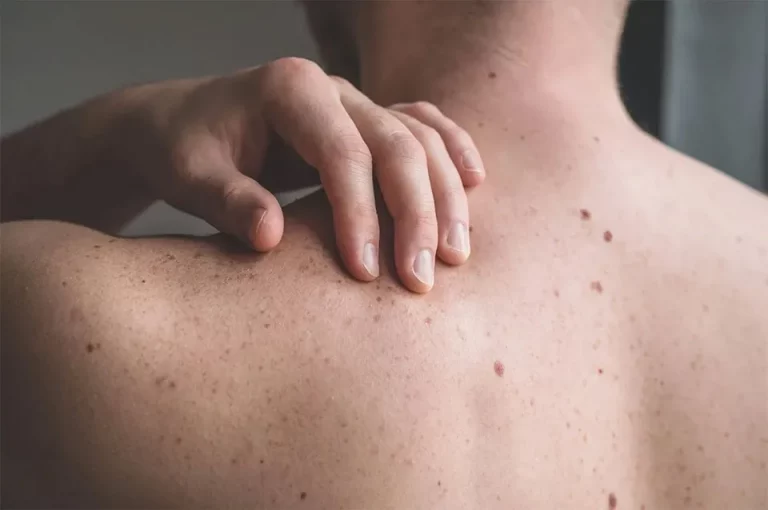Whether you are a dermatologist or a simple person, there are several skin disorders that you need to be aware of. Some of these are herpes simplex virus, psoriasis, and seborrheic dermatitis. HealthTap brings you the basic health related knowledge, which can be very helpful if you are looking for some.
Acne
Whether you’re a teenager, adult, or just starting to get old, acne can affect you. Acne is a skin condition with whiteheads, blackheads, and pustules.
These lesions are caused by clogged pores that allow the oil to come out onto the skin. A blockage can also occur in the hair follicle. The hair and the sebum are then stuck together inside the pore. This prevents the keratinocytes from shedding.
Acne is very common in teenagers and young adults. It can occur on the face, neck, chest, and back. It’s a common skin disease that can cause self-esteem issues, depression, and anxiety.
Acne can be treated with topical or oral medications. The best treatment will depend on the severity of your acne. Some topical medications can be bought over-the-counter without a prescription, while others should be prescribed by a doctor.
Eczema
Symptoms of eczema may include redness, dryness, and blisters. They may also include changes in pigmentation. If an infection is present, symptoms include oozing and painful red bumps.
Treatment may include medications, lifestyle changes, and light therapy. However, it is important to note that there is no cure for eczema. It is a chronic skin disorder that can affect people of all ages.
Eczema is caused by an inability to repair the skin barrier. It can also be triggered by certain foods or environmental factors. It is best to consult a dermatologist for a diagnosis. In children, the most common areas affected are the scalp, neck, and elbows.
Psoriasis
Getting a diagnosis for psoriasis is a crucial step in treating your condition. The disease can be very complicated, and your doctor can recommend a range of treatments to help improve the appearance of your skin patches.
Psoriasis is an autoimmune disease that causes inflammation in the skin. This inflammation occurs when the immune system’s white blood cells mistakenly attack healthy skin cells. This results in scaly skin and red, inflamed areas of the skin.
Psoriasis is a common skin condition that affects people of all ages. It occurs most often in children, but it can also affect adults. Symptoms may vary, and they may be visible at different times in your life.
Seborrheic dermatitis
Symptoms of seborrheic dermatitis include itching, redness, and scaly patches. It is common on areas of the body that have oil glands such as the scalp, hairy areas of the head, and external ear canals. It is a chronic relapsing disease, but with treatment, it will go away. It is also commonly found in infants under three months of age.
It is believed that seborrhoeic dermatitis is caused by a combination of several factors. This includes excess Malassezia yeast, which is found naturally in skin oils. Also, high levels of androgens and lipids are thought to play a role.
If you think you have seborrheic dermatitis, you should see a doctor. Your healthcare provider will perform a physical exam and ask you to describe your symptoms. They will also ask you about your health history. They will also ask you to write down any new treatments that you are taking.
Rosacea
Symptoms of rosacea can be quite complex, and there are several different types of rosacea. It is important to discuss your symptoms with your medical provider. This will help them determine the right treatment for you.
Rosacea is a skin condition that primarily affects the face, but it can also affect other parts of the body. It can cause inflammatory bumps and swollen eyelids. It is not contagious, but it can be worsened by certain environmental factors.
It is important to recognize the symptoms of rosacea, as they can be disfiguring if left untreated. The earliest signs of rosacea may be small, red solid bumps. If they are not treated, the bumps can develop into pus-filled pimples. They can also be accompanied by swelling and redness of the facial skin.
Herpes simplex virus
Getting a herpes infection can be a serious problem. It can cause headaches, nausea, and other symptoms. The virus can also be transmitted through contact with a person who is infected. The most common places for herpes to occur are the mouth and the genital area. Symptoms may include blisters that break open and leak.
Symptoms of herpes may vary depending on the type of outbreak. For example, blisters of oral herpes are typically found around the lips and on the mouth. However, they may form elsewhere on the tongue or on the anus. Symptoms may also include pain when urinating.
There are two types of herpes: herpes simplex type 1 (HSV-1) and herpes simplex type 2 (HSV-2). The infection can be spread through direct contact with sores, or by intercourse.
